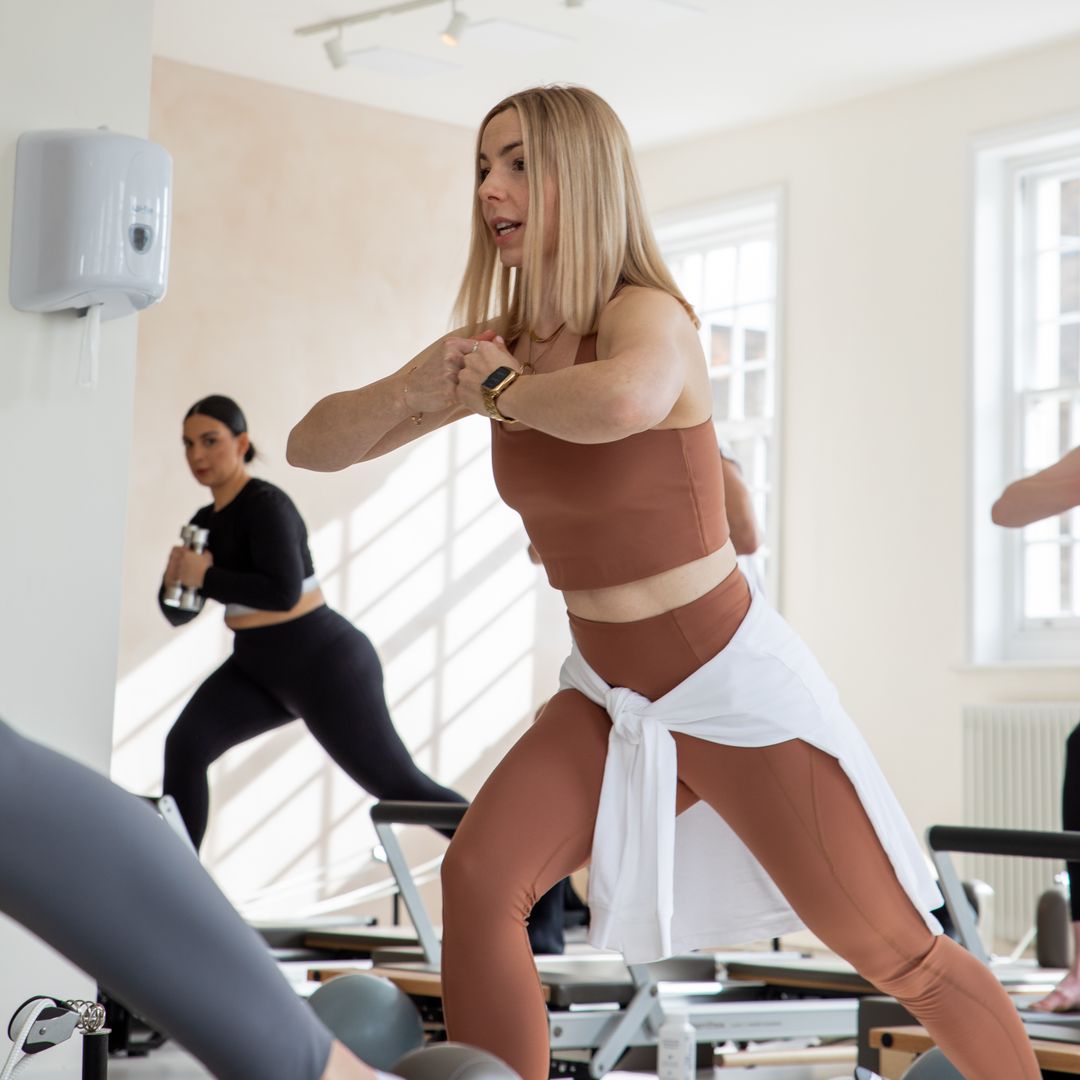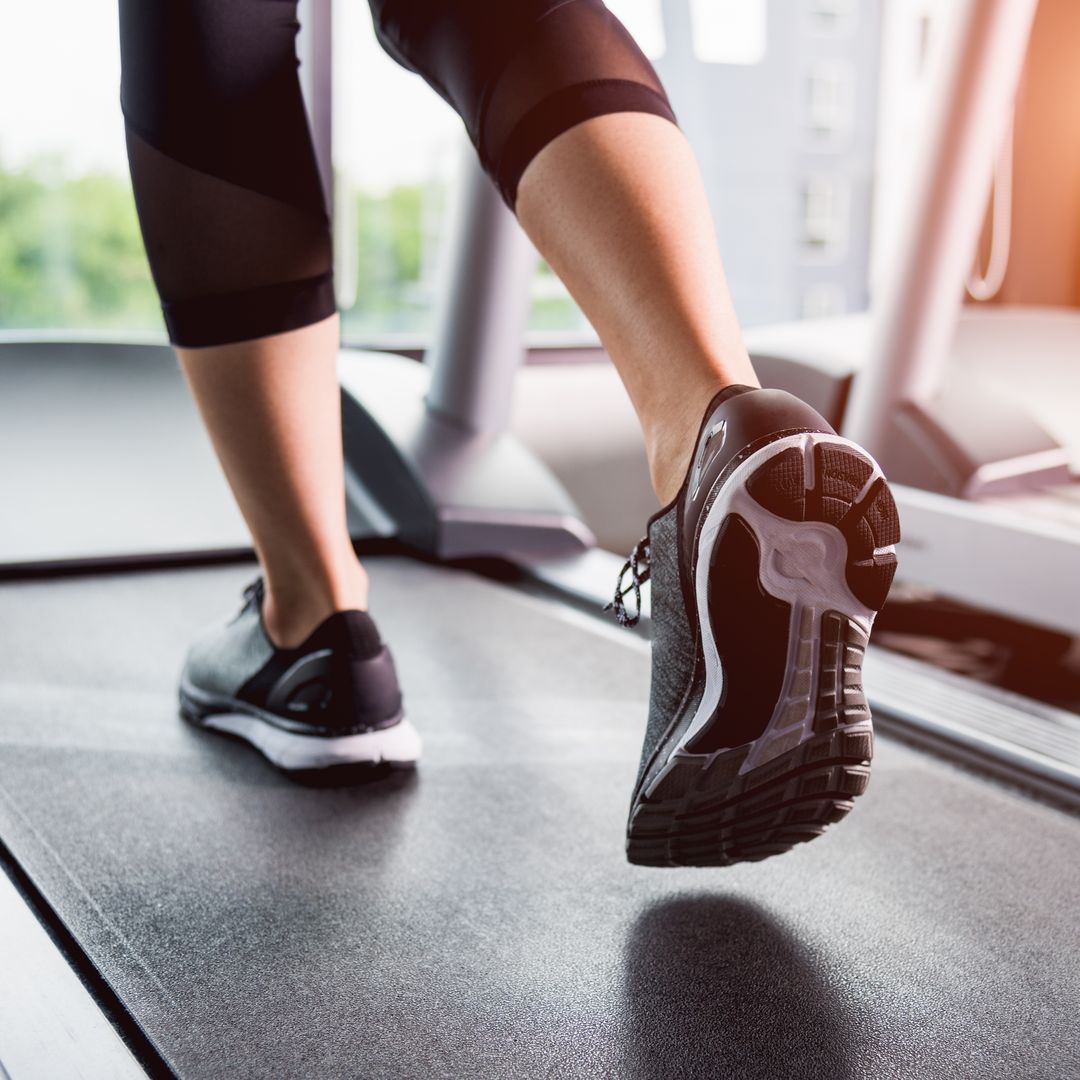What could be more relaxing than a barefoot walk along a sandy beach? Besides being a treat for the senses, this simple pleasure is actually a very healthy option that adds to the attractions of a beach holiday and can help make up for some of the tempting excesses of local food. To begin with, walking – whether on the sand or elsewhere – can improve blood circulation, making it a particularly suitable exercise for people suffering with varicose veins.
Massage your soles. If you walk briskly on the beach, you'll get the added benefit of the sand massaging the soles of your feet, which activates venous and lymphatic circulation. And if you're right at the water's edge, as the waves break, the sea water will massages your ankles, making the exercise even more complete.Water walking. The water around your ankles is beneficial, but if you're willing to get a bit wetter, walk out until the water reaches up to your thighs. Walking at this depth, lifting your legs with each stride, is tiring, but it's fantastic exercise to strengthen the muscles of the legs and buttocks.Free exfoliation. There are beauty benefits, too, as the friction of the sand is a marvellous natural exfoliant. Walking barefoot will result in softer feet in no time, just like a home peel treatment!Mineral magic. There's another benefit to seawater, too, as it contains minerals (iodine and sodium) that help prevent ageing – not to mention the fact that it's relaxing!Wet or dry sand? Obviously, if you're right down at the water's edge, you'll be walking on wet sand. This is actually easier and takes less effort. But as you get fitter and start to notice the benefits of the water, you may want to extend your walks farther up the beach where the sand is dryer. Since dry sand is less stable and the shape shifts as you walk, it involves more effort. Remember that while this is good in terms of exercise, it also means there is a higher risk of injury, mainly to the ankle ligaments.A trick or two:
- Move your hands when walking to avoid them swelling.
- Avoid walking in the middle of the day. To avoid sunburn or heat stroke, the best time is first thing in the morning or in the evening.
- It can be pleasant to take a walk in company. What's more, having someone with you may encourage you to overcome any possible laziness. (As long as your companion doesn't cut the walk short and head straight for the nearest beach bar!)
- Always apply sunscreen before you set off, carry a bottle of water and wear a hat. Remember that you can still get sun burnt when it's cloudy, and the sun bounces back up from the water. Don't forget to reapply the sunscreen when your walk is over – particularly if you've been walking in the sea.









